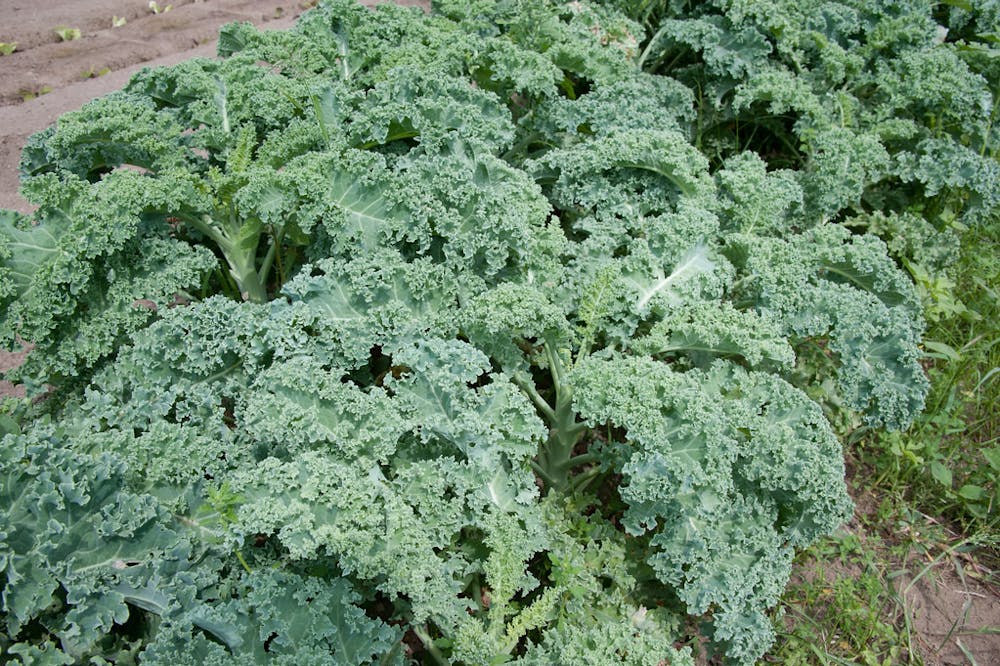In a recent study, a team of Hopkins researchers analyzed contaminants found in kale grown on Baltimore farms. The findings, published in Environmental Sciences & Technology, are a reassurance that local-grown kale is safe to eat, and the innovative approach used is paving the way for future research in environmental science.
Assistant Professor of Environmental Health and Engineering and study co-author Carsten Prasse shed light on the motivation behind the study and its implications for research on contaminants in our environment.
“The question was: If you grow produce such as kale in farms located in cities or around cities, what might be potential implications with regards to contaminants that are present?” Prasse said in an interview with The News-Letter. “We looked at six farms in and around Baltimore, and we looked for pesticides, an obvious target since they are commonly used in agriculture.”
Despite the detection of pesticides in the kale samples, Prasse emphasized that the concentrations were well below any risk threshold.
"The results are very positive. We were able to show that despite its presence, [pesticide] concentrations are so low that even if you eat kale every day, there is absolutely no risk for eating kale," he said.
In addition to pesticides, the researchers used a novel non-targeted analysis approach to screen for a wide range of chemicals beyond just pesticides present in the kale samples. This could potentially revolutionize contaminant screening. This approach allowed the researchers to detect other chemicals that may be present in the samples they collected, including those from air, irrigation and other agriculture practices. This novel method enables the identification of relevant compounds for future research.
“The sheer presence of a compound is not necessarily a concern. In an ideal world, nothing would be present, but given the way we live and the amount of chemicals we use, it is just very unlikely,” Prasse said.
One unexpected finding of the study was the detection of a dye used in oils and waxes, raising questions about its source and potential health hazards. While the study revealed the presence of various compounds, Prasse underscored the need for further investigation to assess potential risks.
Prasse’s interest in studying contaminants stemmed from his early experiences in soil science during his undergraduate studies.
"In my PhD, I looked at antiviral drugs and the environment… My lab focuses on contaminants: how they behave in the environment and also potential health implications when we are exposed,” he explained.
Looking to the future, Prasse outlined plans to expand the research to other crops and environmental matrices.
“We are opening the lens to a much broader scale of compounds,” he said. "I learned a lot from everybody’s perspective on how to communicate these things and think about strategies to address them moving forward.”





